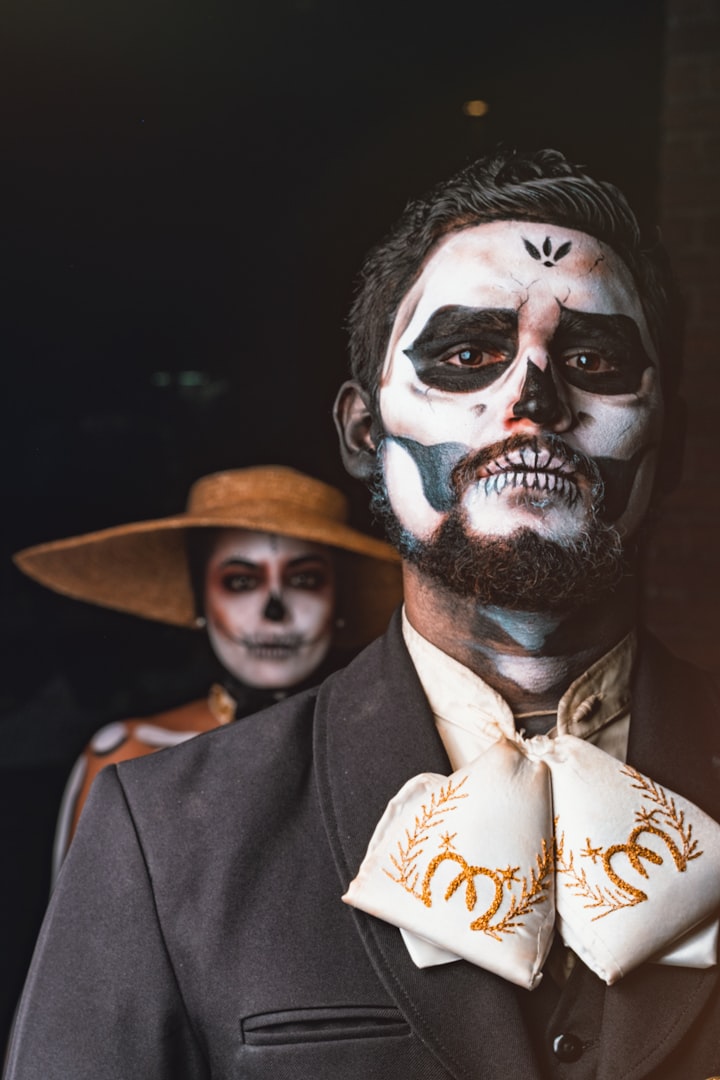
The Dead Analysis
A faculty member and part-time book reviewer named Gabriel Conroy attends a Noel party thrown by his aunts (Kate and Julia Morkin, grand dames within the world of Dublin music) at that he dances with a fellow teacher and delivers a short speech. because the party is calling it quits, Gabriel witnesses his partner, Gretta, taking note of a song sung by the illustrious tenor Bartell D'Arcy, and therefore the intensity of her target the music causes him to feel each sentimental and lustful. in an exceedingly bedroom later, Gabriel is desolated to find that he has misunderstood Gretta's feelings; she has been captive by the memory of a young lover named Michael Furey WHO preceded Gabriel, and WHO died for the love of Gretta. Gabriel realizes that she has ne'er felt equally addicted to their wedding. He feels alone and deeply mortal, however spiritually connected for the primary time with others.
Analysis
By general accord, this is often the best of all the stories in Dubliners — the longest, richest, and most showing emotion moving — and therefore the story quite the other that points toward Joyce's career joined of English language's greatest novelists ever. (He would follow this book with A Portrait of the creator As a Young Man, Ulysses, and Finnegans Wake.)
The story reiterates the nice themes of Dubliners. Gabriel's wedding is clearly stricken by disfunction, the condition of nearly all the characters within the assortment. This accounts for his excitement at story's finish once he believes that Gretta's passion relates to him and them, as their wedding has decayed badly over the years. during this story, disfunction is pictured as was common by the colours yellow and brown, however author conjointly employs the symbolism of snow and ice; in any case, if one thing is frozen, it's nonmoving — unfit.
Thus, once Gabriel enters his aunts' party, "A light-weight fringe of snow lay sort of a cape on the shoulders of his overcoat and like toecaps on the toes of his galoshes; and, because the buttons of his overcoat slipped with a screaky noise through the snow-stiffened frieze, a chilly perfumed air from open on the loose from crevices and folds." The symbolism returns at story's finish, within the justly known final paragraphs describing a snowy eire. Not solely Gabriel however his entire fatherland has been unfit, author is locution (or, additional exactly, revealing). or else, at the conclusion of Dubliners, one thing connects Gabriel to his fellow Irishmen, a affiliation he had till that point disavowed.
Gabriel's disfunction is partially a results of his denial of and lack of interest in those fellow Irishmen, dramatized in his encounter with Miss Ivors. Like Kathleen Kearny in "A Mother," she is concerned within the movement to revive Irish language and culture to the island. Gabriel writes a column for a newspaper opposition Irish nationalism; so, he goes to date on tell Miss Ivors, "Irish isn't my language." to boot, he tells her that he's bored with a vacation to the west of eire, preferring to vacation in Europe. She parries by job him a West Briton — that's, associate degree Irishman WHO identifies primarily with England, a cultural traitor — and this seems to be a minimum of partially true.
After all, Gabriel plans to quote in his after-dinner speech from the work of the writer Browning (an Englishman); once he finally delivers that speech, it includes offhanded remarks criticizing the "new generation" of Miss Ivors and her associates. Gabriel wears galoshes, trendy in Europe, although additional or less remarkable in eire. He earned his faculty degree at Anglican Trinity faculty in Dublin. once he thinks of going outside, what involves mind is that the snowy monument to Wellington, a British hero WHO contend down his birth in eire. And speaking of monuments, another image of Ireland's inability to progress is Gabriel's granddad riding his horse Rebel around and round the sculpture of William III, superior of eire on behalf of England. (The circle as image of pointless repetition was introduced within the stories "After the Race" and "Two Gallants.") Thus, as in several Dubliners stories before it, "The Dead" connects disfunction with English. To summarize, Gabriel suffers from disfunction, a minimum of partially due to his admiration for and attraction to things English.
Of course, author conjointly holds the church answerable for Ireland's failure to maneuver forward into currentness. Thus, in one in every of the story's most hanging pictures (that of Trappist monks sleeping in their coffins, that could be a story, however that doesn't create it any less effective a symbol), author portrays the foremost pious of clergymen as no but the living dead, zombies among US.
Though "The Dead" includes abundant plausible dialogue, it's the story altogether of Dubliners with the foremost — and therefore the most mindful — descriptions. for instance, author uses closely discovered details to feature to the reader's understanding of the story's characters, as during this description of Freddy Malins: "His face was fleshy and pallid, touched with color solely at the thick hanging lobes of his ears and at the wide wings of his nose." Not once however doubly Freddy is delineate as "rubbing the knuckles of his left paw backwards and forwards into his left eye." As a result he's simply unreal, and despite Freddy's movement in and out of the Morkin sisters' party, the reader ne'er quite loses track of him.
Joyce conjointly uses description for pacing; the author cinematically cuts away to the normal objects at intervals the area throughout the story's tremendously dramatic penultimate scene. The result's that the already goodish dramatic tension of "The Dead" really increases: "A half-slip string dangled to the ground. One boot stood upright, its limp higher fallen down: the guy of it lay upon its aspect."
As effective because the combination of theme, symbolism, dialogue, and outline were within the previous story, "Grace," they combine here to yield one thing even additional impressive: a story that begins merely, builds slowly, eventually grows hypnotic in its power, and ends in an exceedingly really grievous burst of feeling. "One by one they were all turning into shades," Gabriel thinks of the folks he is aware of and, until now, has taken as a right. "Better pass with boldness into that alternative world, within the full glory of some passion, than fade and wither dismally with age."
About the Creator
Andleeb Rashid
A writer practicing in both prose and script. With a deep passion for film and screenwriting, I use this platform to publish all unique ideas and topics which I feel compelled to write about! True crime, sport, cinema history or so on.






Comments
There are no comments for this story
Be the first to respond and start the conversation.